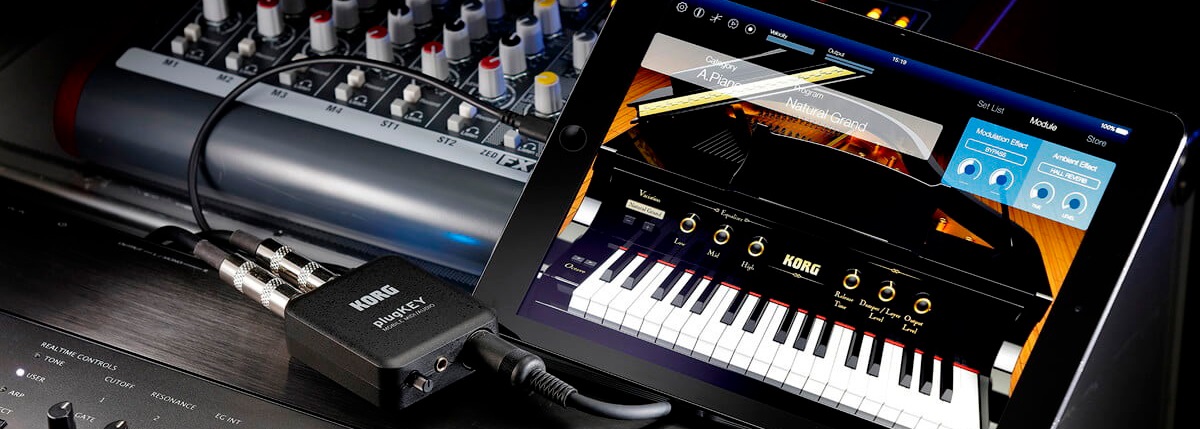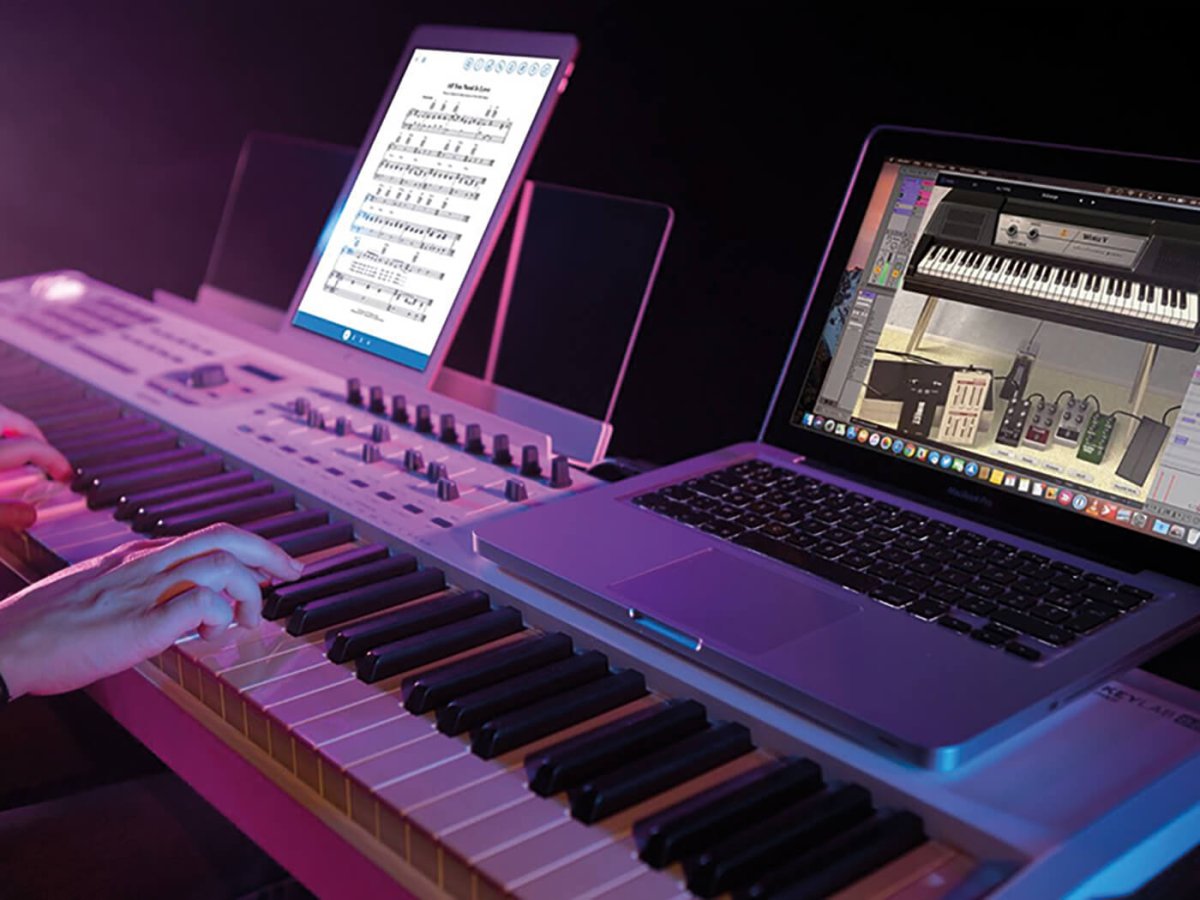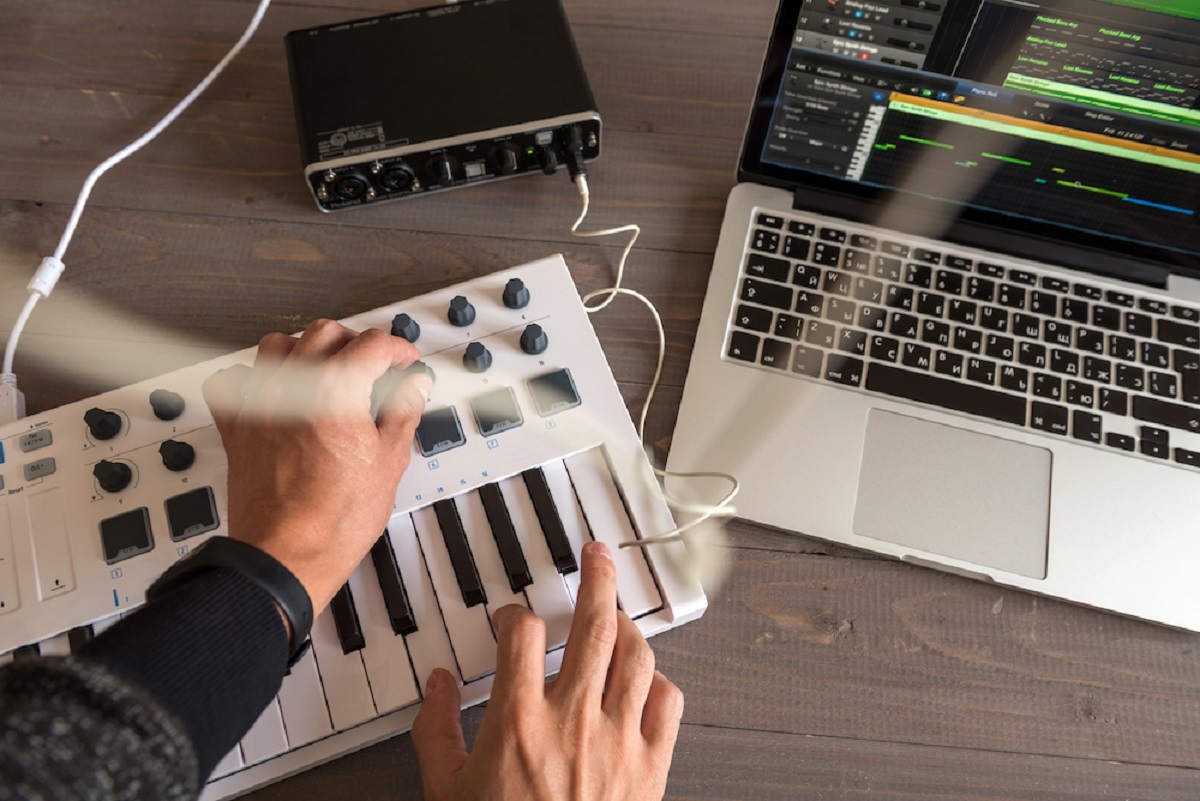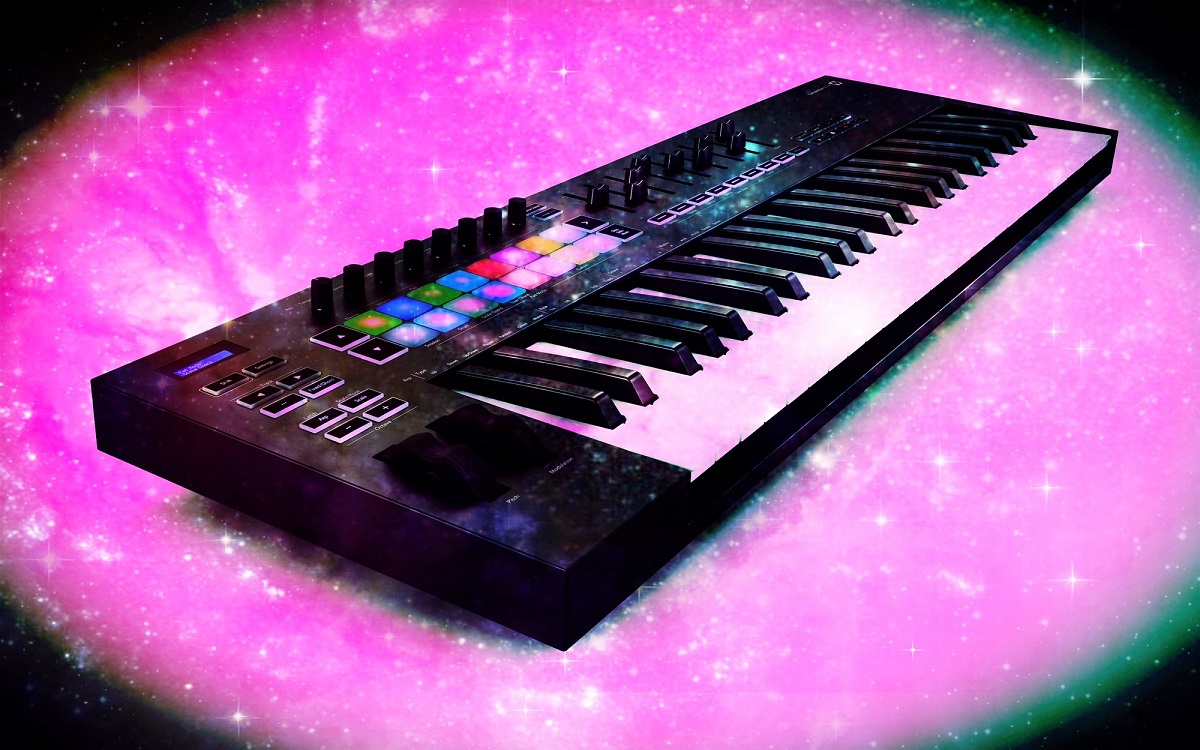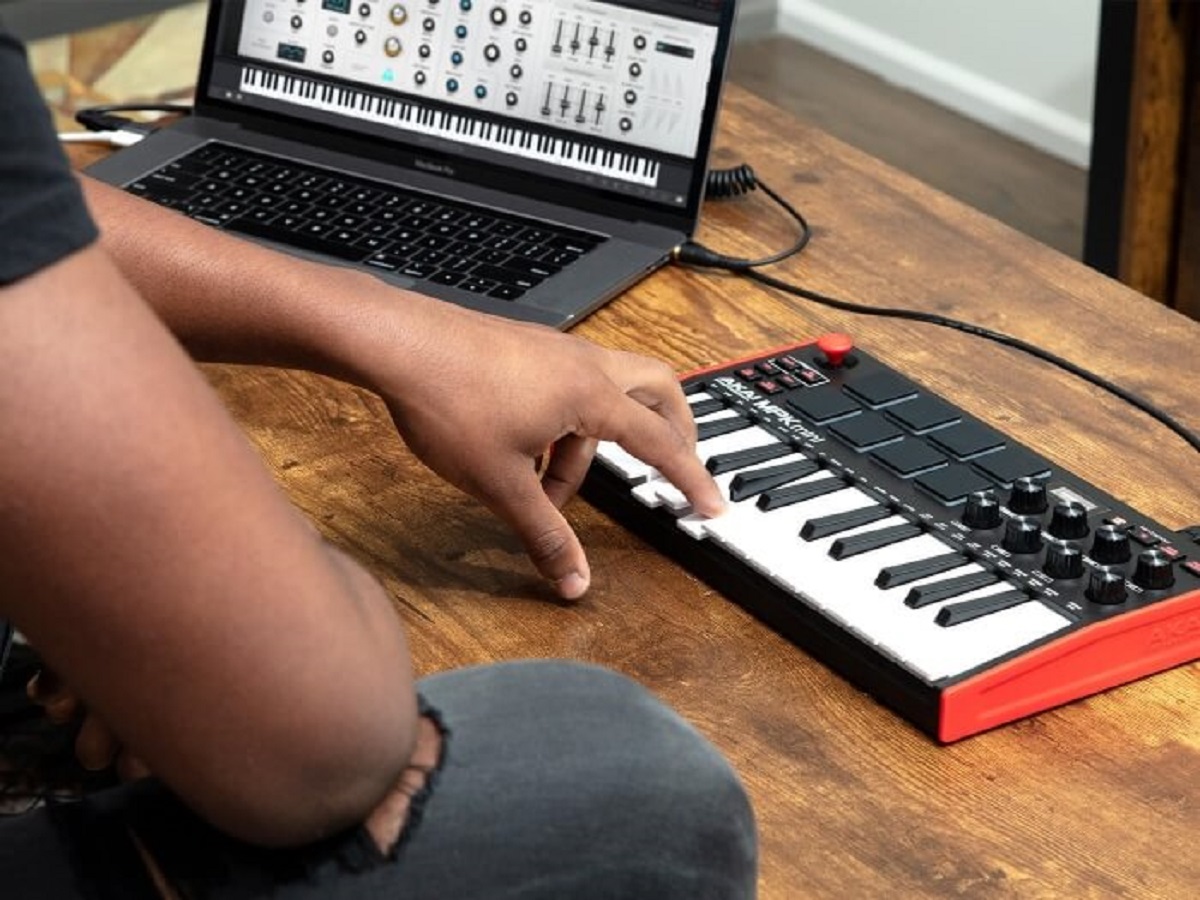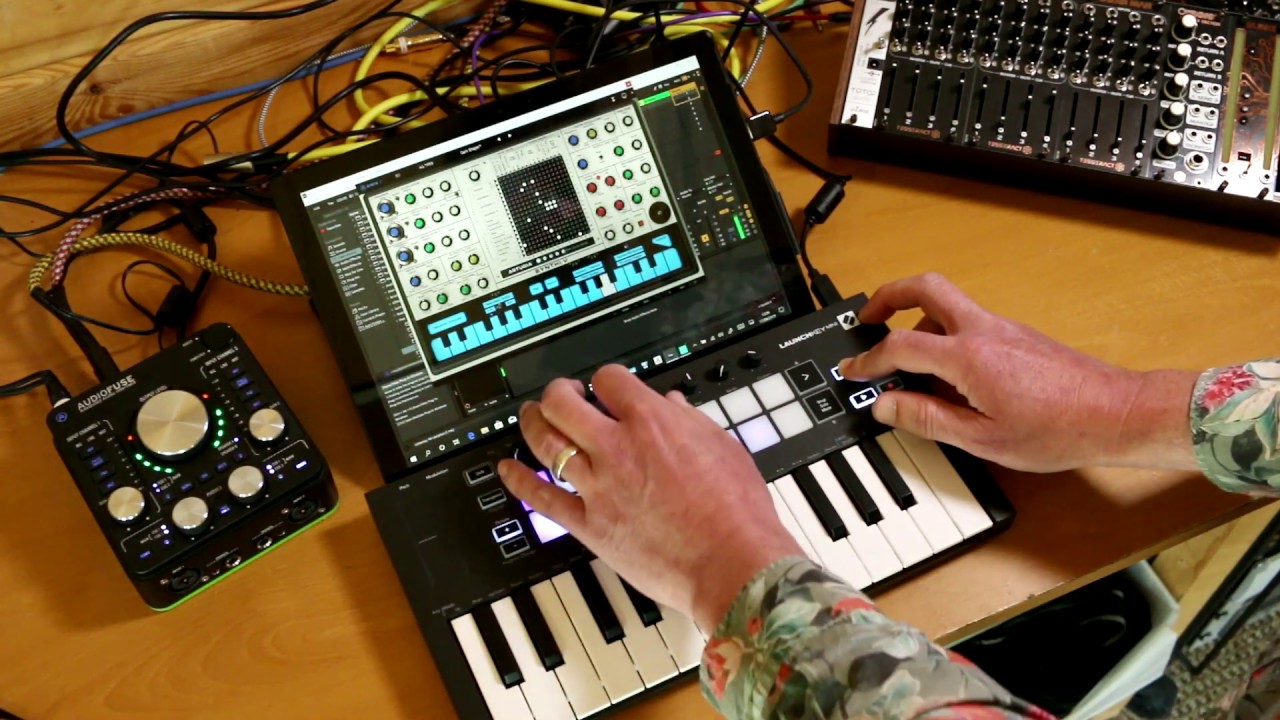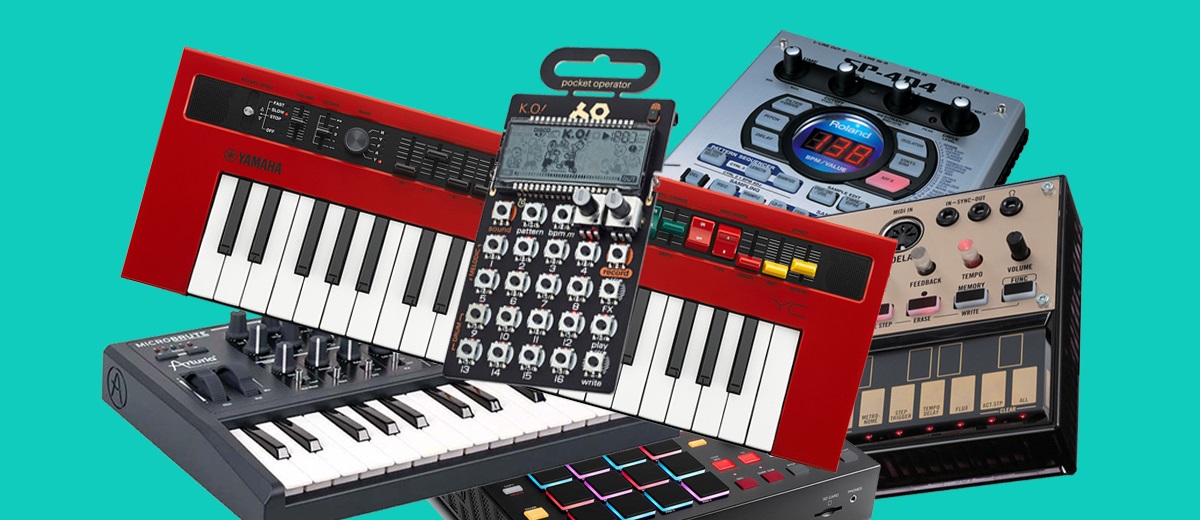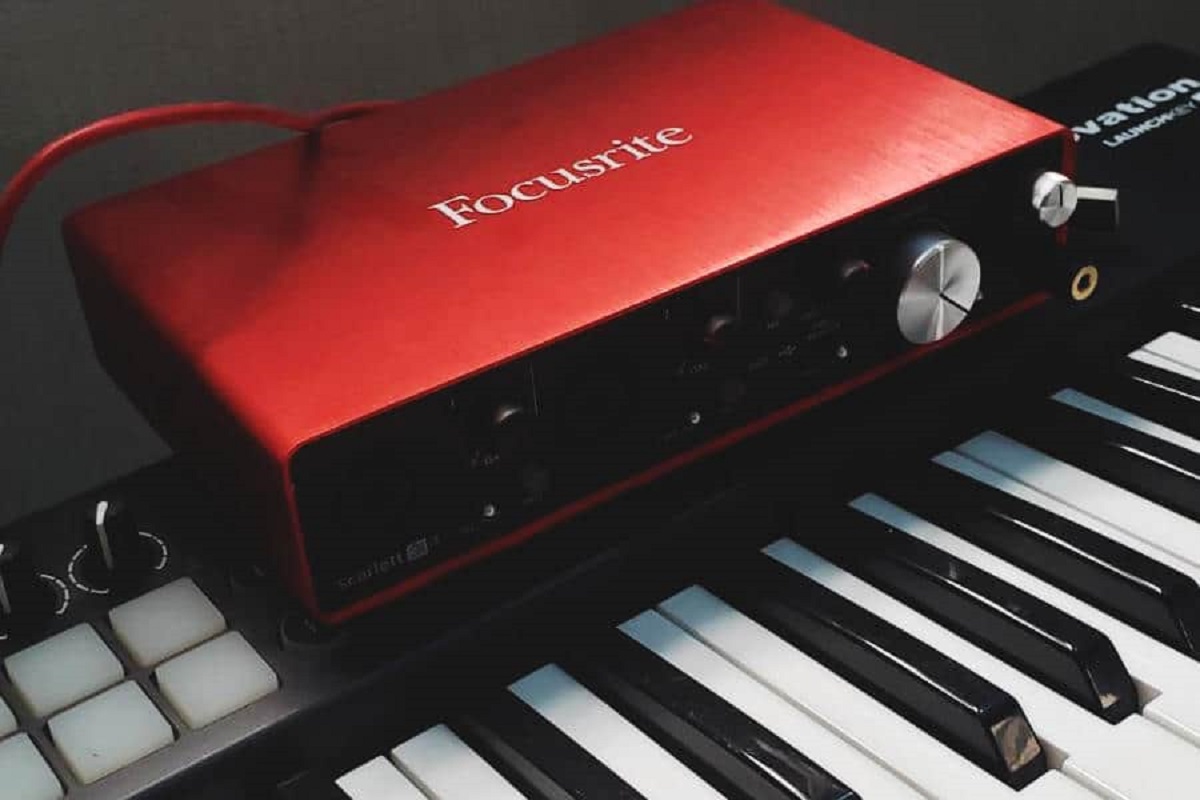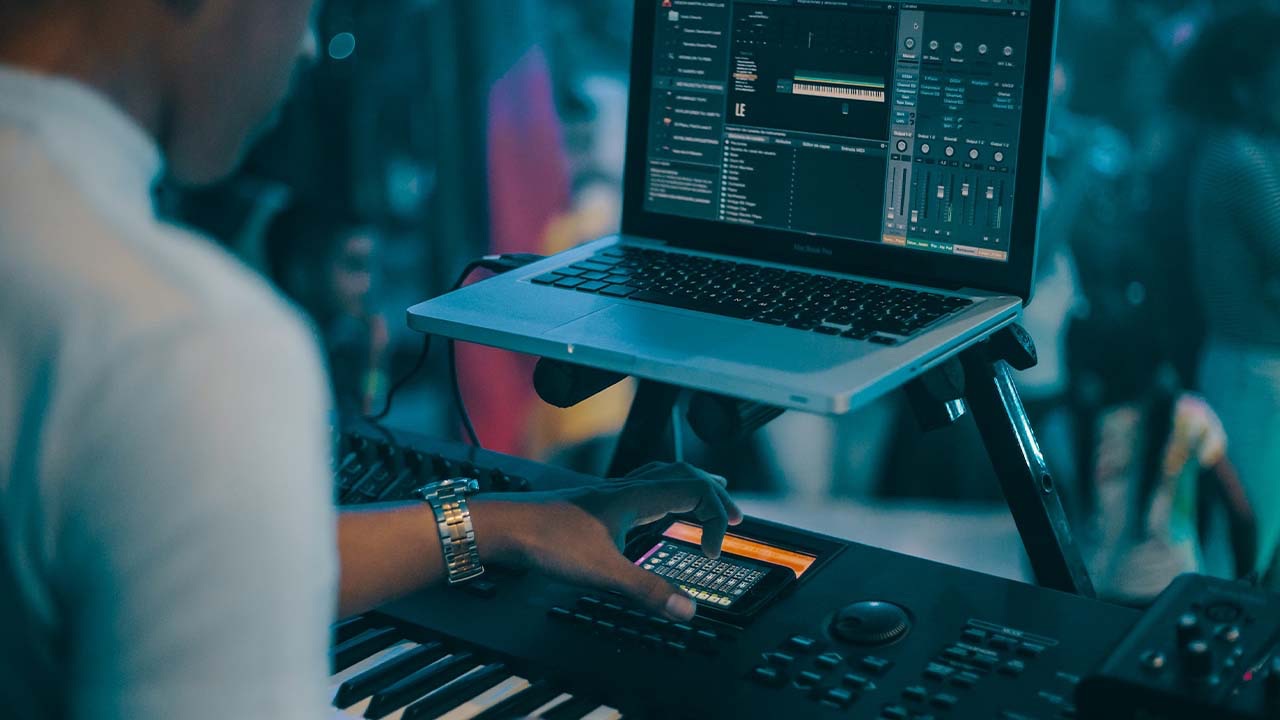Introduction
So, you've got your hands on a MIDI keyboard and an audio interface, and now you're ready to dive into the world of music production. Connecting your MIDI keyboard to your audio interface is the first step toward unleashing your creativity and bringing your musical ideas to life. In this guide, we'll walk you through the process of hooking up your MIDI keyboard to your audio interface and configuring your digital audio workstation (DAW) to recognize and utilize the MIDI input.
Whether you're a seasoned musician or a budding producer, understanding the fundamentals of MIDI and audio interfaces is crucial for seamless integration and optimal performance. By grasping the intricacies of these technologies, you'll be better equipped to harness their full potential and elevate your music production endeavors.
Once you've established the physical connection between your MIDI keyboard and audio interface, the next crucial step is configuring your DAW to recognize and process the MIDI input. This pivotal stage sets the stage for translating your musical expressions into digital format, enabling you to manipulate and refine your compositions with precision and finesse.
Embarking on this journey may seem daunting at first, but fear not! We'll guide you through each step, demystifying the process and empowering you to embark on your musical odyssey with confidence. By the end of this guide, you'll be well-equipped to harness the power of your MIDI keyboard and audio interface, seamlessly integrating them into your music production workflow.
So, without further ado, let's delve into the intricacies of MIDI and audio interfaces, explore the process of connecting your MIDI keyboard to your audio interface, and unlock the potential of your music production setup. Get ready to embark on an exciting journey of creativity and innovation as we unravel the art of integrating your MIDI keyboard with your audio interface.
Understanding MIDI and Audio Interfaces
Before diving into the technical aspects of connecting your MIDI keyboard to your audio interface, it’s essential to grasp the fundamental concepts of MIDI and audio interfaces. MIDI, which stands for Musical Instrument Digital Interface, serves as a universal language for communication between musical devices, allowing them to exchange performance data such as note values, velocity, pitch, and control signals.
On the other hand, audio interfaces act as the bridge between your musical instruments and your computer, facilitating the conversion of analog audio signals into digital data that can be processed and recorded within your digital audio workstation (DAW). These interfaces also provide essential connectivity options, including input and output ports for microphones, instruments, and MIDI devices, enabling seamless integration into your music production setup.
When it comes to MIDI keyboards, they utilize the MIDI protocol to transmit performance data to your audio interface and DAW, allowing you to play virtual instruments, trigger samples, and control various parameters within your music production software. Understanding the intricate relationship between MIDI keyboards and audio interfaces is crucial for harnessing their combined potential and leveraging them to their fullest capacity.
Furthermore, the integration of MIDI and audio interfaces opens up a world of creative possibilities, empowering you to explore diverse soundscapes, experiment with virtual instruments, and craft intricate musical arrangements with precision and finesse. By comprehending the underlying principles of MIDI and audio interfaces, you’ll be better equipped to harness their collective power and seamlessly integrate them into your music production workflow.
As we delve deeper into the realm of MIDI and audio interfaces, we’ll uncover the nuances of their functionality and explore the seamless synergy between these technologies. By gaining a comprehensive understanding of MIDI and audio interfaces, you’ll lay the groundwork for a robust and versatile music production setup, setting the stage for boundless creativity and sonic exploration.
Connecting Your MIDI Keyboard to Your Audio Interface
Now that you have a solid grasp of MIDI and audio interfaces, it’s time to embark on the physical connection between your MIDI keyboard and audio interface. Most MIDI keyboards feature MIDI OUT and sometimes MIDI IN ports, while audio interfaces come equipped with MIDI IN and OUT ports as well. To establish the connection, you’ll need a standard MIDI cable with MIDI connectors on both ends.
Begin by locating the MIDI OUT port on your MIDI keyboard and the MIDI IN port on your audio interface. Next, connect one end of the MIDI cable to the MIDI OUT port of your keyboard and the other end to the MIDI IN port of your audio interface. This simple yet crucial step forms the physical link between your MIDI keyboard and audio interface, laying the foundation for seamless communication and data transfer.
Once the MIDI keyboard is connected to the audio interface, you’ll also need to ensure that your audio interface is properly linked to your computer via USB or other compatible connectivity options. This enables the bi-directional flow of MIDI data between your MIDI keyboard, audio interface, and your digital audio workstation (DAW), creating a cohesive ecosystem for music production.
It’s important to note that some modern MIDI keyboards and audio interfaces offer USB connectivity, allowing you to establish a direct digital connection between the two devices without the need for traditional MIDI cables. This streamlined approach simplifies the setup process and reduces clutter, offering a convenient solution for integrating your MIDI keyboard with your audio interface.
By bridging the gap between your MIDI keyboard and audio interface, you’re paving the way for a seamless and efficient workflow, enabling you to harness the expressive capabilities of your MIDI keyboard within the digital realm. This physical connection serves as the conduit through which your musical ideas and performances are channeled into the digital domain, ready to be shaped and refined within your DAW.
With the physical connection established, you’re now poised to delve into the configuration of your digital audio workstation to recognize and process the MIDI input from your keyboard. This pivotal step sets the stage for translating your musical expressions into digital format, unlocking a world of creative possibilities within your music production environment.
Configuring Your DAW for MIDI Input
With your MIDI keyboard seamlessly connected to your audio interface, the next critical phase involves configuring your digital audio workstation (DAW) to recognize and utilize the MIDI input from your keyboard. The specific steps for configuring MIDI input may vary depending on the DAW software you’re using, but the fundamental principles remain consistent across different platforms.
First and foremost, you’ll need to access the MIDI settings within your DAW. This typically involves navigating to the preferences or settings menu, where you can select the MIDI input options. Here, you’ll be able to identify and designate your audio interface as the primary MIDI input device, ensuring that your DAW receives MIDI data from your connected MIDI keyboard via the audio interface.
Once your audio interface is recognized as the MIDI input device, you may need to specify the MIDI channel through which the communication will occur. MIDI channels allow for the simultaneous transmission of multiple streams of MIDI data, enabling you to control various virtual instruments and parameters within your DAW using different channels on your MIDI keyboard.
After configuring the MIDI input settings, it’s essential to create a MIDI track within your DAW and assign the input to your connected MIDI keyboard. This step establishes the pathway for receiving MIDI data from your keyboard, allowing you to record, playback, and manipulate MIDI performances within your music production environment.
Furthermore, many DAWs offer additional features for MIDI mapping and customization, allowing you to assign specific MIDI controllers on your keyboard to various functions within the software. This level of flexibility empowers you to tailor your MIDI keyboard’s controls to suit your creative workflow, whether it involves adjusting virtual instrument parameters, triggering effects, or recording expressive MIDI performances.
By configuring your DAW for MIDI input, you’re effectively bridging the gap between your physical MIDI keyboard and the digital realm of your music production software. This integration empowers you to harness the expressive capabilities of your MIDI keyboard, enabling seamless communication and interaction between your musical performances and the digital tools at your disposal.
With the MIDI input configured and your DAW primed to receive MIDI data from your keyboard, you’re now poised to embark on a musical journey filled with creative exploration and sonic innovation. The stage is set for you to unleash your musical ideas and breathe life into your compositions, all within the immersive realm of your digital audio workstation.
Testing Your Setup
After connecting your MIDI keyboard to your audio interface and configuring your digital audio workstation (DAW) for MIDI input, it’s crucial to test your setup to ensure that all components are functioning harmoniously. This testing phase serves as a pivotal checkpoint, allowing you to verify the seamless integration of your MIDI keyboard, audio interface, and DAW, and confirming that MIDI data is transmitted and received accurately.
Begin by playing your MIDI keyboard to generate musical input within your DAW. As you strike the keys, observe the MIDI input indicators within your DAW to confirm that the software is receiving MIDI data from your keyboard via the audio interface. This real-time feedback provides assurance that the MIDI connection is operational and that your performances are being accurately translated into digital format.
Next, experiment with different MIDI channels on your keyboard to verify that your DAW can recognize and respond to the channel assignments. By selecting different MIDI channels and playing your keyboard, you can ascertain that the communication between your MIDI keyboard, audio interface, and DAW is robust and versatile, allowing for seamless control over various virtual instruments and parameters.
Furthermore, consider recording a short MIDI performance within your DAW to assess the recording functionality and ensure that MIDI data is captured accurately. Playback the recorded MIDI performance to confirm that the nuances of your playing, including velocity, pitch, and modulation, are faithfully reproduced within the digital domain, reflecting the expressive qualities of your MIDI keyboard.
During the testing phase, it’s also beneficial to explore the mapping of MIDI controllers on your keyboard to specific functions within your DAW. By adjusting parameters, triggering effects, and manipulating virtual instruments using your MIDI keyboard’s controls, you can validate that the bidirectional communication between the hardware and software components is seamless and responsive.
As you conduct these tests, pay attention to any latency or delay in the MIDI response, ensuring that the communication between your MIDI keyboard, audio interface, and DAW is instantaneous and precise. Addressing any latency issues at this stage will enhance the overall responsiveness of your setup, facilitating a more immersive and dynamic music production experience.
By meticulously testing your MIDI setup, you’re not only validating the technical functionality of the interconnected components but also gaining a deeper understanding of the seamless synergy between your MIDI keyboard, audio interface, and DAW. This hands-on approach allows you to fine-tune the integration of these elements, ensuring a cohesive and reliable foundation for your music production endeavors.
Conclusion
As you reach the culmination of this guide, you’ve journeyed through the intricate process of connecting your MIDI keyboard to your audio interface and configuring your digital audio workstation (DAW) to recognize and harness the MIDI input. This transformative journey has empowered you to bridge the physical and digital realms of music production, unlocking a world of creative possibilities and expressive capabilities within your music production setup.
By gaining a comprehensive understanding of MIDI and audio interfaces, you’ve laid the groundwork for seamless integration, fostering a harmonious relationship between your musical instruments, hardware, and software components. The physical connection between your MIDI keyboard and audio interface serves as the conduit through which your musical expressions flow into the digital domain, ready to be sculpted and refined within your DAW.
Furthermore, the meticulous configuration of your DAW for MIDI input has elevated your ability to capture, manipulate, and playback MIDI performances with precision and finesse. This pivotal step has not only facilitated the recognition of MIDI data from your keyboard but has also empowered you to customize and tailor the functionality of your MIDI controllers to suit your creative workflow, amplifying your capacity for musical expression.
As you tested your MIDI setup, you embarked on a journey of exploration and validation, confirming the seamless communication and responsiveness between your MIDI keyboard, audio interface, and DAW. This hands-on approach has not only affirmed the technical functionality of your setup but has also deepened your appreciation for the cohesive synergy between hardware and software components, setting the stage for a dynamic and immersive music production experience.
Now, armed with the knowledge and practical insights gained from this guide, you stand ready to embark on a musical odyssey filled with creativity, innovation, and boundless potential. Your MIDI keyboard, seamlessly integrated with your audio interface and DAW, serves as a conduit for your artistic vision, empowering you to breathe life into your musical compositions with unparalleled depth and expression.
As you continue your music production journey, remember that the integration of your MIDI keyboard with your audio interface is not merely a technical feat but a gateway to unfettered creativity and sonic exploration. Embrace the seamless synergy between technology and artistry, and let your MIDI keyboard become the vessel through which your musical ideas flourish and evolve within the captivating realm of digital music production.







